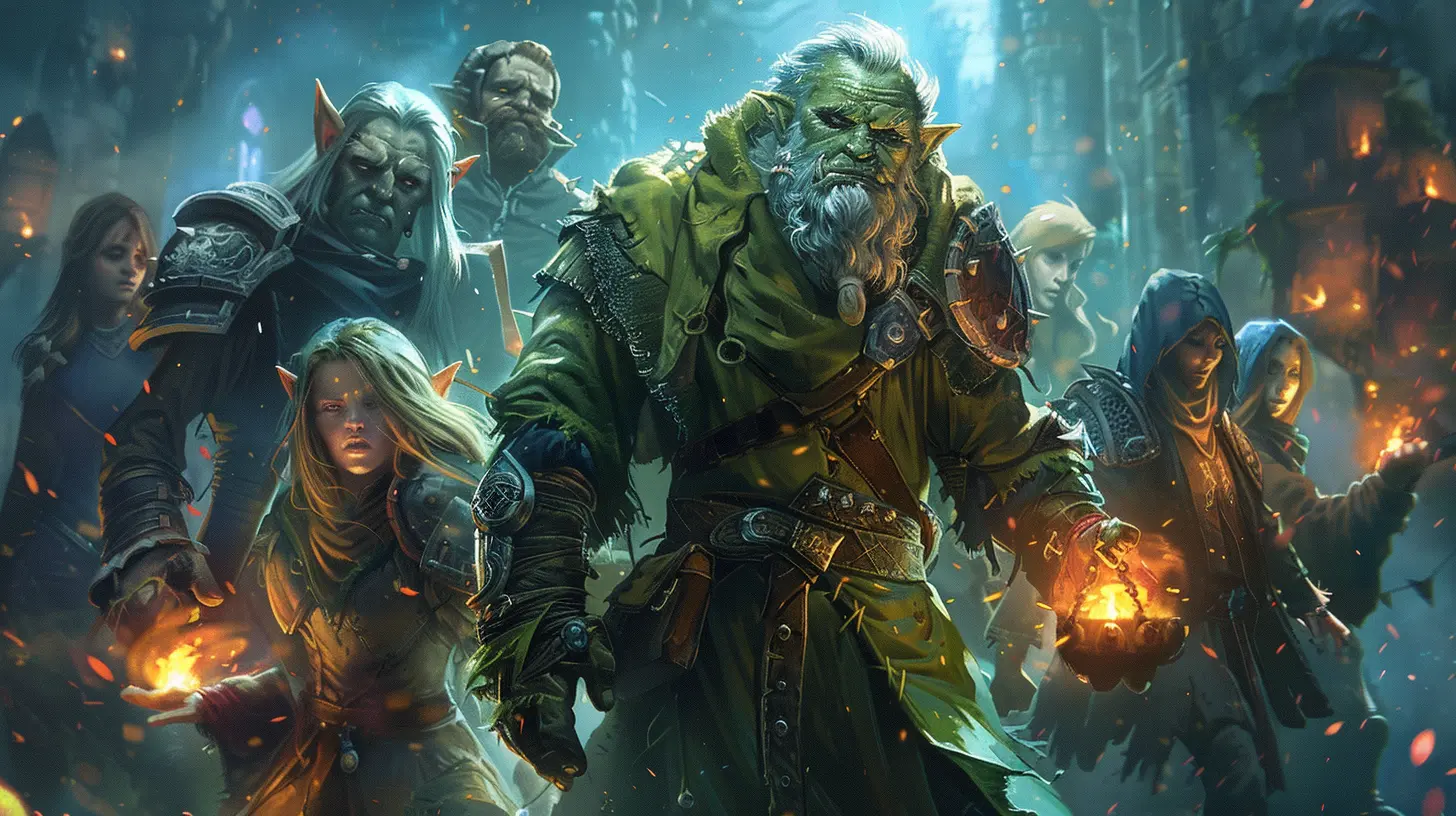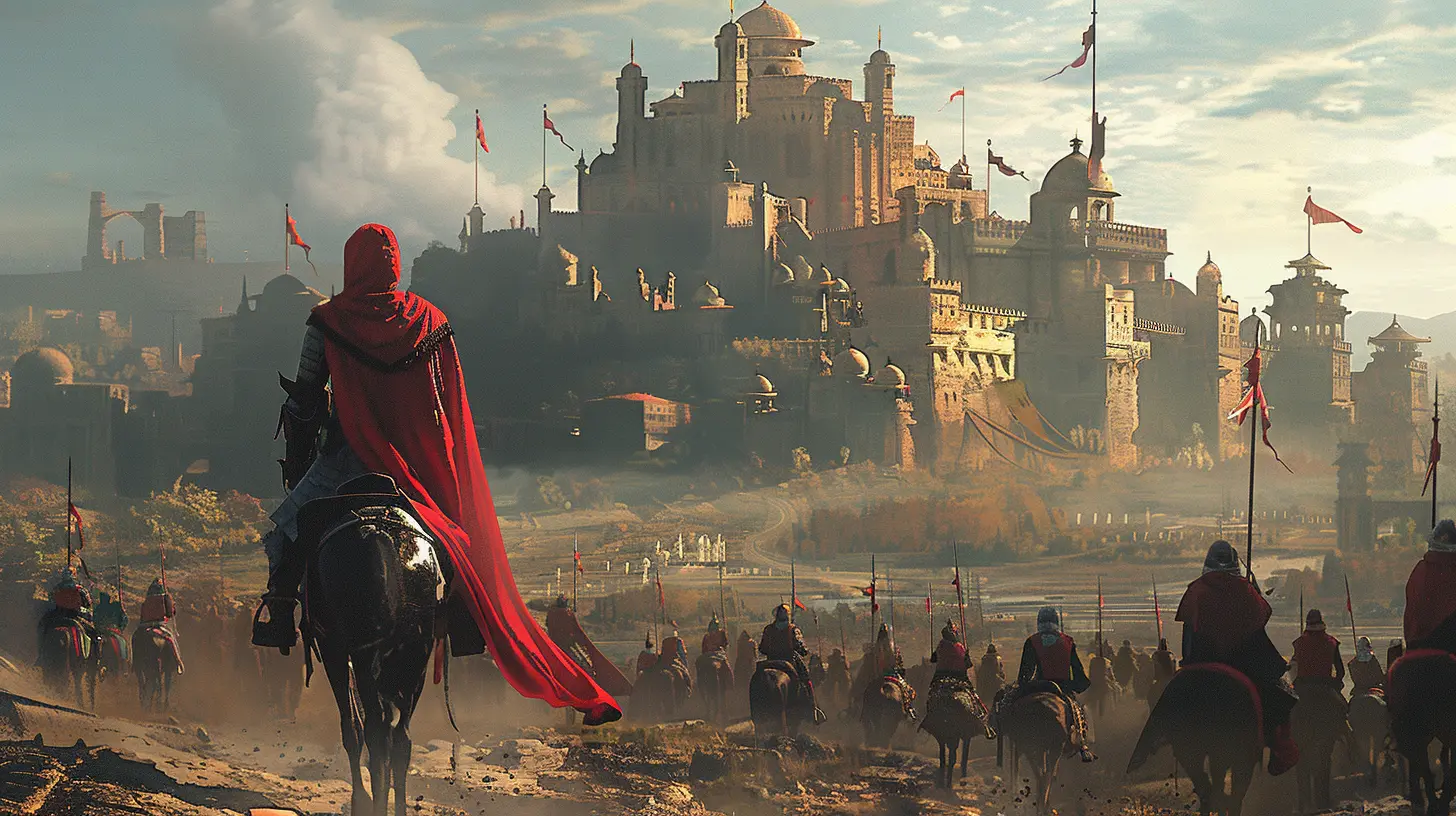The Trend of Expansions as Standalone Experiences
11 August 2025
Let’s be honest—once upon a time, expansions were just little add-ons. You remember, right? You’d buy the main game, fall in love with it, and then, a few months (or years!) later, maybe you’d splurge on the DLC if it seemed worth it. But that landscape? It’s changing. Big time.
In recent years, we’ve seen a rising trend in the gaming industry that turns the idea of DLC on its head: expansions released as standalone experiences. These aren’t your typical “extra chapter” or “bonus level” kind of content. Nope. These are essentially full games in their own right, just spun off from the original.
So, what’s driving this trend? Why are more developers taking this route? And what does it mean for us—the players? Let’s dive into all that and more.
What Are Standalone Expansions, Really?
Let’s not get too fancy here—a standalone expansion is exactly what it sounds like. It’s an expansion to a game, but you don’t need the base game to play it. It’s like a spin-off movie that doesn’t require watching the original. Cool, right?Games like Far Cry 3: Blood Dragon, Infamous: First Light, and Uncharted: The Lost Legacy totally defined this concept. These titles take the foundation of their parent games but create something that can comfortably live on its own. They’re built on the same engine, sure, but they have their own stories, characters, and sometimes completely different vibes.
And best of all? You can jump in without ever touching the main game. It’s like getting a slice of cake without needing the whole birthday party.
Why Are Game Devs Doing This?
Alright, let’s talk about the “why.” What’s in it for the developers? Why not just release traditional DLC or wait for a full sequel?1. Lower Risk, High Reward
Making a full sequel is a huge time and money sink. It’s an all-or-nothing kind of deal. With a standalone expansion, devs can reuse many assets—character models, environments, combat systems—while still offering fresh content. It’s a nice in-between that lets them test ideas without betting the entire farm.2. Reaching a Wider Audience
When you release an expansion that doesn't require the original game, you’re automatically opening the doors to more players. Maybe someone never got around to playing Spider-Man but doesn’t want to feel left out of Miles Morales. Bingo, standalone expansions swoop in as the perfect intro without the homework.3. Keeping the Hype Alive
Let’s face it—attention spans are short. In the fast-paced world of gaming, even great titles get forgotten a few months after launch. Standalone expansions help bring the spotlight back to a franchise without waiting 3-5 years for a sequel. It’s a smart way to stay relevant.
The Player Perspective: Why We’re Loving It
Now let’s shift the spotlight to us—the gamers. What’s in it for us when a dev drops a standalone expansion?1. No Strings Attached
You don’t need the base game. That’s such a huge win. Maybe you weren’t ready to commit to a 40-hour RPG, but a 10-hour expansion with a tighter story? That sounds doable. You can hop in and enjoy a solid, complete experience without any prerequisites.2. Affordable and Compact
Standalone expansions are often cheaper than full-priced games, yet they deliver rich, polished content. It’s like getting a gourmet burger for the price of fast food. You feel like you’re getting a great deal—because you are.3. Focused Storytelling
These expansions often focus on side characters, alternate timelines, or interesting "what ifs." That lets creators tell different kinds of stories—often more personal, experimental, or emotionally impactful than the main game. We’re talking about stories that linger long after the credits roll.
Real Examples That Knocked It Out of the Park
Let’s look at some heavy hitters. These aren’t just decent—these standalone expansions have carved out their own legacy.✨ Uncharted: The Lost Legacy
This game took two side characters, Chloe and Nadine, and turned them into leads. It managed to keep the heart-pounding action of the main Uncharted series but added new dynamics, puzzles, and character development. Many fans even consider it among their favorite entries in the franchise.✨ Far Cry 3: Blood Dragon
This one is wild. It’s a neon-soaked, 80s-inspired action fest that doesn’t take itself too seriously. It flips the gritty realism of Far Cry 3 into a campy, over-the-top sci-fi adventure—and it totally works. You don’t need to know anything about the main game. Just jump in and blast some cyber enemies.✨ Spider-Man: Miles Morales
This game was technically a launch title for the PS5, but under the hood, it’s an expansion of Spider-Man (2018). It introduced subtle changes to the gameplay, told a completely different emotional story, and let us swing through New York in a whole new vibe. It was short but oh-so-sweet.The Challenges Behind Creating Standalone Expansions
Okay, it’s not all sunshine and epic boss fights. Making a standalone expansion isn’t easy.1. Balancing Scope and Price
Devs have to walk a tightrope. Make it too short, and people feel ripped off. Make it too long, and you might’ve just created a full sequel. And pricing? That’s tricky. Too high, and players avoid it. Too low, and it devalues all the work put in.2. Living in the Shadow of the Main Game
Standalone expansions often get compared to their bigger siblings. Unfair? Maybe. But it happens. Fans might expect the same level of complexity or length, and that can backfire if expectations aren’t managed properly.3. Technical and Narrative Constraints
Sure, reusing assets helps—but it also limits how much devs can innovate. Plus, the story has to make sense both within the universe and completely on its own. Not easy.Why This Trend Is Here to Stay
This isn’t just a passing phase like fidget spinners or Flappy Bird. Standalone expansions offer a smart middle ground for developers and players alike.We get more of the games we love, in bite-sized packages that don’t break the bank or our schedules. Developers stay relevant and experiment with new ideas without taking huge risks.
It’s a win-win. And let’s be real—when the quality is this good, who’s complaining?
What This Means for the Future of Gaming
So, where do we go from here?Honestly, I think we’re going to see even more of these kinds of releases. They strike that sweet balance of accessibility, affordability, and storytelling depth. Studios are recognizing the power and flexibility of these expansions, and players are eating them up.
Maybe soon we’ll even see new IPs launch this way—small standalone experiences that test the waters before full-blown franchises are born. Wouldn’t that be something?
Final Thoughts: Play More, Wait Less
Here’s the bottom line—gaming should be fun, accessible, and engaging. Standalone expansions hit all those notes. They give us fresh stories without the wait, new characters without the baggage, and epic moments without the grind.So next time you see a standalone expansion drop, don’t brush it off as “just some DLC.” It might just be your next favorite gaming experience.
Ready to play without the commitment? Jump in. You’ve got nothing to lose and everything to gain.
all images in this post were generated using AI tools
Category:
Game ExpansionsAuthor:

Greyson McVeigh
Discussion
rate this article
1 comments
Emmett Gilbert
“Who needs sequels when expansions can steal the show? It’s like ordering a side of fries and getting a whole new entrée!”
September 19, 2025 at 3:20 AM

Greyson McVeigh
Exactly! Expansions can offer rich, immersive experiences that often surpass sequels, adding new dimensions to beloved games.


